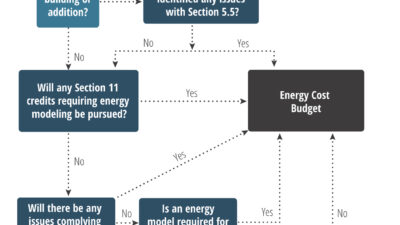The new codes become effective in January, and include provisions for ignition-resistant construction standards in the wildland urban interface. Building officials will use the updated fire hazard severity zones to determine appropriate construction materials for new buildings in wildland urban zones.
The California Dept. of Forestry and Fire Protection remapped fire hazard severity zones for land where California has fiscal responsibility for wildland fire protection, and preparing Very High Fire Hazard Severity recommendations for local responsibility areas. The new codes become effective in January, and include provisions for ignition-resistant construction standards in the wildland urban interface.
The updated fire hazard severity zones will be used by building officials to determine appropriate construction materials for new buildings in wildland urban zones.
Some owners, whose property falls in the fire hazard severity zones, have made fire-resistant changes to their property in time for last month’s Southern California wildfires. California cannot escape wildfires, but proper building techniques can prove to reduce the threat to homes and businesses.
Fire safety experts said those living in Stevenson Ranch, a 5,000-home community south of Santa Clarita, Calif., incorporated precautions such as fire-resistant concrete roof tiles, double-paned heat-resistant windows, and enclosed eaves. Some homeowners ring their property with a greenbelt that features fire-resistant plantings. Additional buffers include stone and concrete culverts.
Beginning next year, new homes and buildings will be required to meet new building code standards that deal with the remapped fire hazard severity zones. However, owners are not legally required to make changes to existing buildings.
The new standards include tile or asphalt roofs, dual-paned windows with one pane made of tempered glass, replacing vents, installing ignition resistant-decking, and closing off all spaces underneath buildings.
For more information on California’s remapped zones, click here .



